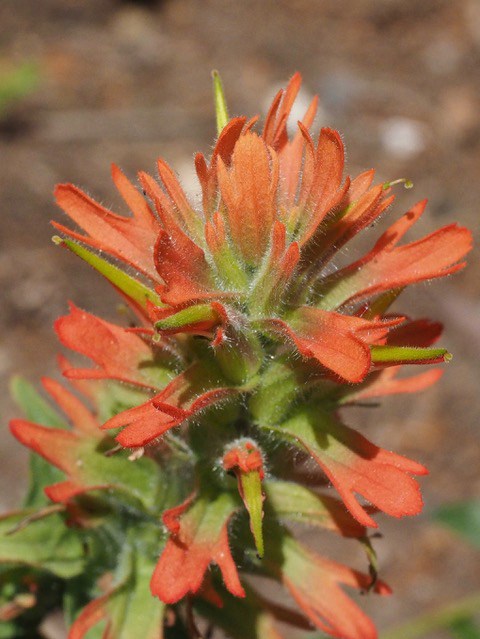Our suburban gardens are blessed with mature trees, native to B.C., enhancing yards throughout Delta, yet the vegetative understory mostly consists of introduced species that, although often beautiful, are relatively unsupportive of our native plants, insects, birds and animals.
Many of our native species’ populations are in trouble. Native insects are losing their food supply and disappearing from our yards. These nectar and plant-eating insects are important pollinator and nutritional links in the food chain.
Native plants are one way to help biodiversity, as they are a food and nectar source for insects and birds that cannot feed on introduced species. Although it will take time, we can adapt our suburban gardens with native plants to attract other native species. Area nurseries carry some native plants and gardeners should support their efforts to stock more of them.
As new residents to this beautiful area, we are planting as many native plants in our yard as possible. Instead of removing them, we are surrounding introduced species such as Rhododendron and Japonica with native plants like Shooting Star, Indian Paintbrush, Ocean Spray, Kinnikinnick, Salal and Oregon Grape. This spring, native insects like the Black-tailed Bumble Bee appeared on the attractive Shooting Star. We anticipate seeing more bees as well as butterflies and birds though it could take up to three years for new plants to become established.
Throughout suburbia let’s try to restore the balance of our native plants and the biodiversity they support. One book changing the way we think is Douglas W. Tallamy’s Bringing Nature Home – How You Can Sustain Wildlife with Native Plants. It has an appendix that includes many of the plants of the Pacific Northwest.
Editor's Note: Nature Notes is a twice a month column written by the Delta Naturalists Society and their other community partners.




